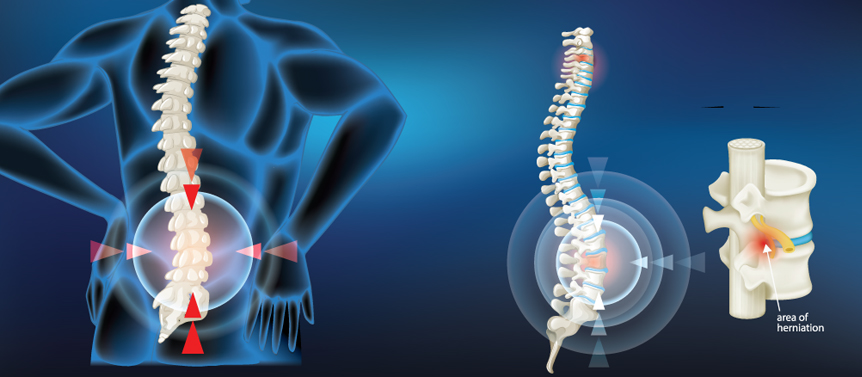Lumbar Canal Stenosis

Lumbar canal stenosis, also known as spinal stenosis, refers to a condition characterized by the narrowing of the spinal canal in the lumbar (lower back) region. The spinal canal houses the spinal cord and the nerve roots that branch off from it. Lumbar canal stenosis can result in compression or irritation of the spinal cord or nerve roots, leading to various symptoms.
Here's an overview of lumbar canal stenosis:
Causes:
- Degenerative changes: The most common cause of lumbar canal stenosis is degenerative changes in the spine associated with aging. These changes can include the thickening of ligaments, the development of bone spurs, and the breakdown of intervertebral discs.
- Herniated discs: A herniated or slipped disc can also contribute to lumbar canal stenosis if the protrusion of the disc material narrows the spinal canal.
- Tumors or cysts: Rarely, tumors or cysts can develop within the spinal canal, causing stenosis.
Symptoms:
- Back pain: Pain in the lower back is a common symptom of lumbar canal stenosis. The pain may be dull, achy, or radiating.
- Leg pain: Stenosis can cause pain, numbness, tingling, or weakness that radiates from the lower back into the buttocks and legs. This pain often follows a specific distribution pattern, depending on which nerve roots are affected.
- Numbness and weakness: Compression of the nerve roots can result in numbness or weakness in the legs or feet. This can lead to difficulty with walking or maintaining balance.
- Symptoms worsen with activity: Symptoms of lumbar canal stenosis may worsen with activities such as walking or standing for prolonged periods. Leaning forward or sitting may provide temporary relief.

